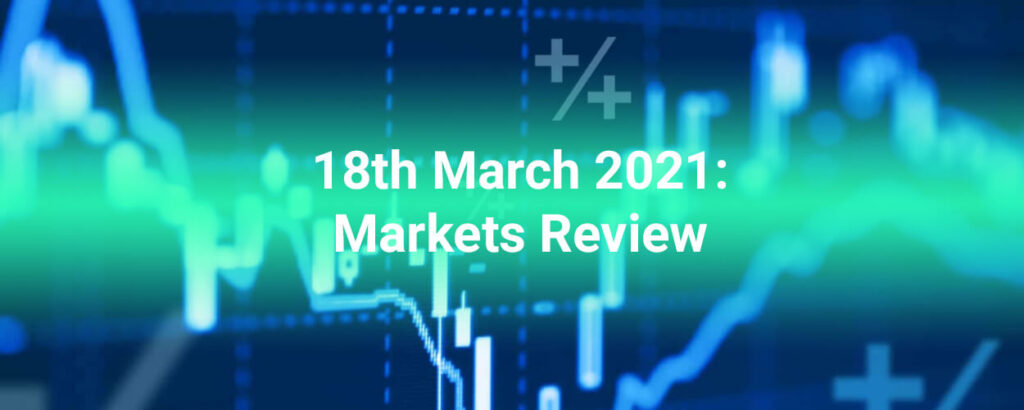Table of Contents
ToggleBest Forex Indicators for 2025-2030: A Comprehensive Review
Meta Description
Discover the Best Forex Indicators for 2025-2030 in our detailed review. Learn key strategies, tips, and more to enhance your trading approach.
Introduction: The Relevance of Forex Indicators in Today’s Financial Landscape
In the dynamic world of forex trading, indicators serve as essential tools that facilitate market analysis and decision-making. As we look ahead to the years 2025-2030, the landscape of forex trading is expected to evolve rapidly, influenced by technological advancements, regulatory changes, and global economic shifts. For both novice traders and seasoned investors, understanding the best forex indicators is critical to navigating this complex terrain effectively.
In this comprehensive review, we delve into the most effective indicators that will shape forex trading over the next five years. Whether you are an active trader looking to refine your strategy or you’re just beginning your journey, the insights provided here will help you make informed decisions and maximize your trading potential.
The Importance of Forex Indicators: What is It?
Understanding Forex Indicators
Forex indicators are mathematical calculations based on the price, volume, or open interest of a currency pair. They help traders analyze historical price data and project future trends. There are two main categories of indicators:
- Leading Indicators: These predict future price movements, providing early signals that a trend is about to change.
- Lagging Indicators: These confirm trends and are designed to provide signals based on past price actions.
The correct application of forex indicators allows traders to identify entry and exit points, set stop-loss conditions, and ultimately improve the decision-making process.
Best Forex Indicators for 2025-2030: An Analytical Overview
Moving Averages: The Foundation of Trend Analysis
Definition and Use
Moving averages (MAs) smooth out price data to create a trend-following indicator. Common types include:
- Simple Moving Average (SMA)
- Exponential Moving Average (EMA)
Future Relevance
As market volatility continues to increase, MAs will remain pivotal for traders. The key is to adapt moving averages to suit shorter and longer time frames according to market conditions.
Relative Strength Index (RSI): Measuring Momentum
What is RSI?
The Relative Strength Index (RSI) is a momentum oscillator that measures the speed and change of price movements. The index ranges from 0 to 100.
How to Apply RSI
- Overbought Condition: RSI above 70
- Oversold Condition: RSI below 30
Automated Trading Systems: The Future of Forex Trading
The Rise of AI Trading
The integration of artificial intelligence and machine learning in forex trading is accelerating. Automated trading systems can analyze vast amounts of data swiftly and execute trades faster than any human ever could.
For more details on automated trading, visit FinanceWorld.
Key Benefits
- Reduced psychological impact
- Consistent strategy implementation
- Increased trading volume opportunities
MACD: Identifying Trend Reversals
Moving Average Convergence Divergence (MACD)
The MACD is a trend-following momentum indicator that shows the relationship between two moving averages of a security’s price.
Importance in Trading
- Oscillator: Indicates momentum direction
- Divergence: Shows potential changes in trends
Bollinger Bands: Capturing Volatility
Definition and Function
Bollinger Bands consist of three lines:
- A middle line (SMA)
- An upper band (SMA + 2 standard deviations)
- A lower band (SMA – 2 standard deviations)
How to Use Bollinger Bands
Traders use them to determine overbought or oversold conditions in the market. A price touch on the upper band implies overbought, while a touch on the lower band suggests oversold.
Fibonacci Retracement: The Art of Support and Resistance
What is Fibonacci Retracement?
Fibonacci retracement levels indicate potential reversal levels based on the Fibonacci sequence. They are critical for identifying support and resistance zones.
Usage in Forex Trading
Traders often use Fibonacci levels to establish entry and exit points, especially in volatile markets.
Average True Range (ATR): Measuring Market Volatility
Understanding ATR
The ATR measures market volatility by decomposing the entire range of an asset’s price for that period. It’s vital for setting stop-loss orders.
Sentiment Indicators: Understanding Market Psychology
The Role of Market Sentiment
Traders also rely on sentiment indicators to gauge the mood of the market—which can predict potential price movements.
Tools for Measuring Sentiment
- Commitment of Traders (COT) Report: Shows outstanding positions held by traders.
- Sentiment Analysis Tools: Evaluate market participants’ emotions.
Practical Tips for Effective Use of Forex Indicators
Choose the Right Indicators for Your Trading Style
Each trader has a unique style, whether it be day trading, swing trading, or long-term investing. Ensure your indicator choices align with your trading approach.
Combine Multiple Indicators
Leverage different indicators for a versatile strategy. For example, pair a trend-following indicator like the EMA with a momentum indicator like RSI for more comprehensive analysis.
Backtest Before Going Live
Always backtest your strategy utilizing historical data to evaluate effectiveness before executing live trades.
Stay Informed
Keep abreast of financial news and economic indicators affecting currency markets. Websites like FinanceWorld provide useful resources.
Audience Engagement Questions
- What forex indicators do you currently use in your trading?
- Have you found any particular strategies effective in your forex trading?
The Best Solution: Leveraging Forex Indicators for Success
Given the fast-paced nature of forex markets and the expected developments from 2025-2030, the best solution for traders hinges on effectively utilizing a combination of best forex indicators. This means understanding which indicators align with their trading objectives and improving their strategies through research, backtesting, and adjustment.
Conclusion: Key Takeaways and Call to Action
In summary, the best forex indicators for 2025-2030 will heavily rely on both technical analysis and market sentiment. As the forex landscape evolves, keeping informed with upcoming tools and strategies will be crucial.
We encourage readers to explore financial tools like Trading Signals or Copy Trading to further enhance their trading strategies. If you’ve enjoyed this article, please take a moment to rate it and share your thoughts!
What indicators are you thinking about incorporating into your trading strategy? Be part of the discussion and enhance your trading journey today.



